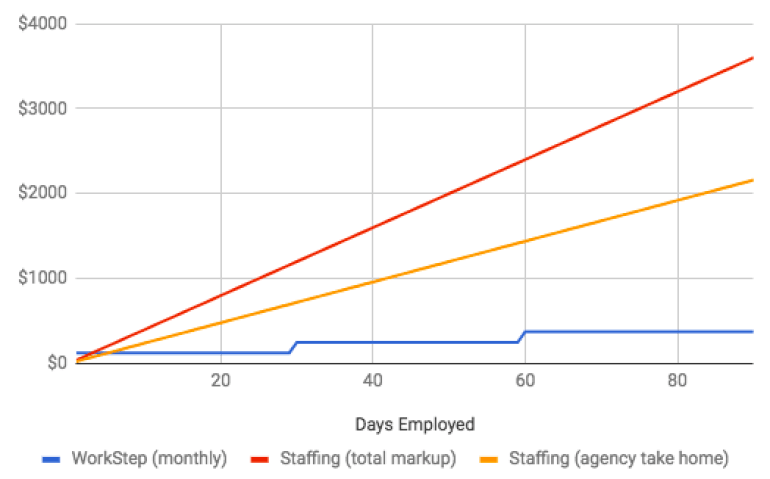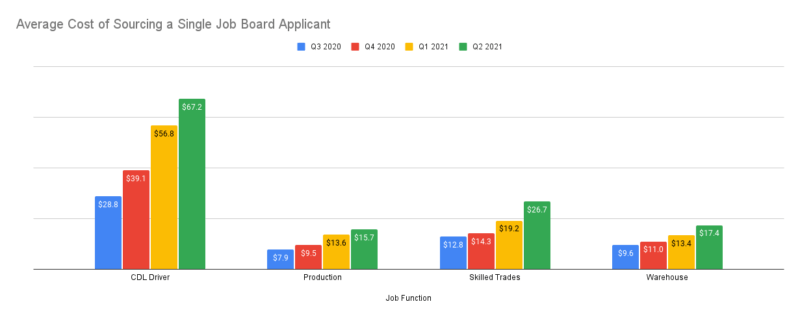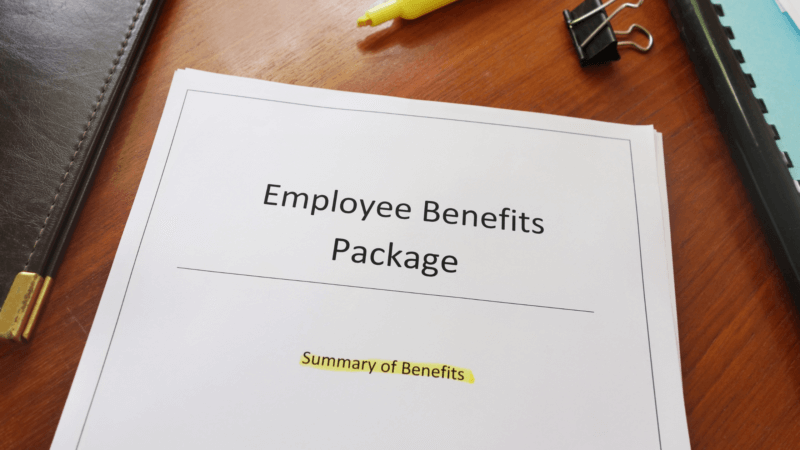If you look at the industrial labor market as a whole, temp staffing would seem like an accepted cost of business. After all, $33 billion is spent every year by light industrial companies in the United States on outsourced staffing services. At its core, however, contingent (or ‘temp’) staffing is a peculiar arrangement. Workers are trained, scheduled, and managed by one company, yet employed and paid by another.
So why does a company offload the employer-employee relationship with their staff to another firm entirely?
- Need: When a business is shorthanded, things can spiral out of control quickly. In order to fill a sudden shortfall with direct employees, it takes recruiting, interviewing and onboarding resources. Thus, when a business is in a jam, it’s easy to lean in to a staffing agency to put a bandaid over the problem.
- Momentum: ‘This is the way it’s always been done’ can, unfortunately, be an incredibly powerful reason for executing a suboptimal strategy. In the case where a business has always leaned heavily on temp staffing (especially where that agency is in-house), it can be challenging to re-evaluate that relationship. After all, people rarely get fired for maintaining the status quo.
Whether for sudden need or historical momentum, however, it’s important to understand the full cost of outsourcing the employment of a business’ labor force.
Markup cost
First, and perhaps most evidently, is the markup cost. Staffing agencies make money primarily by ‘marking up’ the wages paid to each worker. A typical ‘markup’ rate on any hour worked runs 45-55%, depending on the role and agency involved. We call this the total markup.
While it may sound steep to pay $21/hr for a $14/hr role (it is!), not all of that drops to the bottom line for the agency involved, as this markup includes the cost of taxes and insurance. Although varied, these costs usually net to 15-25% of the standard hourly rate.
Using that example of a $14/hr role billed at $21/hr again, this would mean that, of the $7/hr markup, roughly $2.80 covers taxes & fees, while the final $4.20 represents the staffing agency’s cut. We’ll call the markup after required fees the agency take home.
Direct hire & conversion costs
While it’s true that you don’t have to pay this overhead fee forever – you can eventually ‘convert’ the temp worker to a full-time employee, if you’d like – you’ll have to pay for that as well.
Typically, direct hires through a temp agency are billed as a % of annual earnings, starting at 20% of annual earnings, and cascading downward once the company has already paid the temp markups for an extended period of time.
In the example where a worker’s base pay is $14/hr, annual earnings would be:
$14/hr * 52 weeks/year * 40 hours/week = $29,120
So the placement fee would be:
$29,120 * 20% = $5,824 staffing agency placement fee
So why is it so expensive?!
Temp staffing costs an arm and a leg to the purchaser because the staffing agency has a lot of costs to cover. After all, it’s a manually intensive business. The agency take home needs to provide a livable salary for the account manager and recruiter(s), as well as pay for recruiting expenses and an office space. Additionally, because most local staffing offices roll up to a national brand, the fees encompass the cut that need to be passed ‘up the chain’.
Non-monetary Costs
The cost of outsourced staffing, unfortunately, doesn’t start & end on an accounting sheet. Despite the high dollar fees, perhaps the biggest expense is what it does to the quality, retention, and morale of the workforce.
- Quality: Temp workers are typically looking for just that, a temporary solution. This attracts a different level of experience and skill, as well as regard for the company’s facility and tools.
- Retention: Because temps are employed by the agency, as opposed to the job site, at the first sign of difficulty or challenge, it’s easier to go back to the agency for re-assignment than deal with the issue head on with a manager. This increases churn, which results in wasted training.
- Morale: Time and time again, we see that organizations which mix temp & direct hires see a reduction in morale within their full-time labor force as a result of the decrease in quality and retention.
Breaking the temp cycle
In sum, workers and employers have the best results and satisfaction when the name on the paycheck matches the name on the building.
At WorkStep, we believe that by providing a transparent platform to connect qualified job seekers with awesome direct employment opportunities, we offer employers of all sizes an opportunity to re-claim ownership & pride in their workforce.
Tune into your frontline with WorkStep
With the frontline employee engagement platform that delivers the real-time insights you need to take action, retain your workforce, and drive your business forward.
Dan Johnston, Co-Founder & CEO | dan@workstep.com



